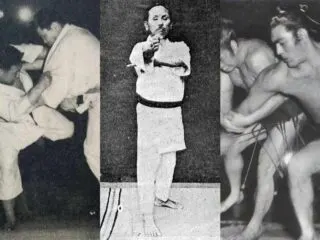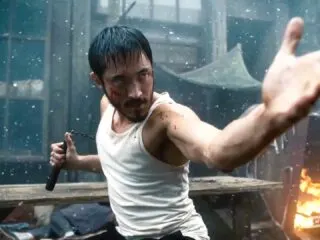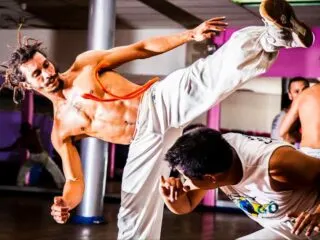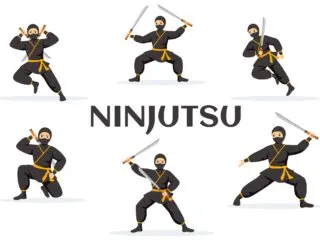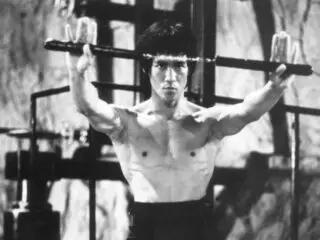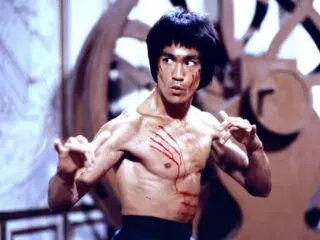Japanese martial arts include dozens of different combat systems that differ in various aspects, notably emphasis, philosophy, and orientation. These arts are also practiced for different purposes, such as sports, personal growth, self-defense, or fitness. Some of the most popular ones are striking arts such as karate and grappling systems like Judo and Jujutsu.
MARTIAL ARTS FAQ
Warrior is not based on a true story but is based on the writings of Bruce Lee and produced by his daughter, Shannon Lee. The show has many references to real events and is entirely historical fiction. Warrior is a superb show that portrays Chinese culture in the American West during the late 1870s.
Capoeira is a hybrid martial art that mixes martial arts techniques with aspects of dancing, acrobatics, music, and spirituality. The traditional form concentrates on self-defense, whereas the modern form is focused on demonstration and spreading Brazilian culture through martial art dancing.
Ninjutsu is the art of the Ninja, which incorporates skills to avoid detection, the use of specialized assassination weapons, and other close combat weapons and techniques that promote stealth. Modern Ninjutsu focuses on the combat techniques used by the Ninjas rather than the stealth techniques.
Nunchucks are real weapons used in various martial arts for centuries. It is thought the weapon is derived from a farming tool used as a flail to thresh rice crops in East Asia. Nunchucks are notoriously difficult to learn to use effectively, resulting in limited popularity and practicality.
While Bruce Lee was an exceptionally skilled fighter, interviews with Wong Jack Man challenge the idea that Bruce Lee was undefeated. With varying accounts of the outcome, it leads us to the ultimate question: What really happened?

